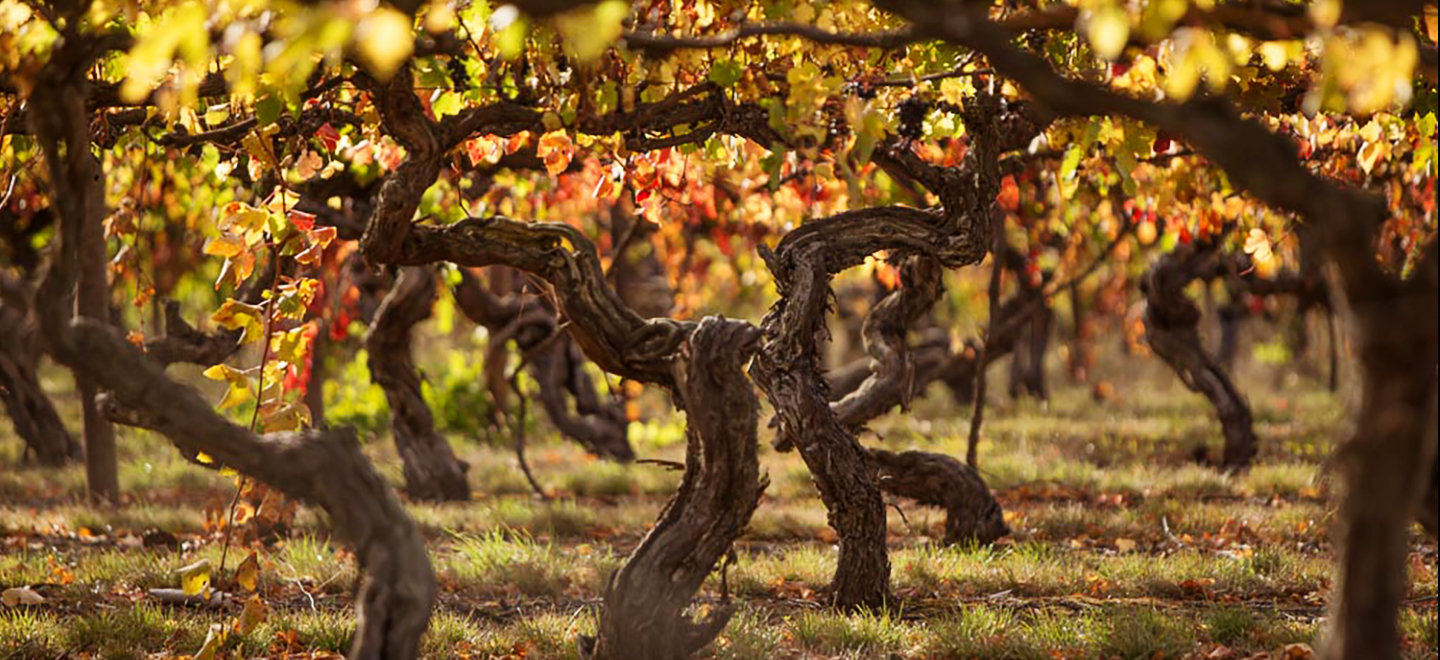Using tractor mounted optical sensors to assess grapevine canopy decline
Kerry DeGaris, Mark Sosnowski, Pete Balnaves, and Catherine Kidman.
Copyright 2016
Partners; SARDI, Wynns Coonawarra, Balnaves Viticulture, Coonawarra VOC.
Abstract
The Limestone Grape and Wine Council investigated the use of Greenseeker® NDVI technology to
determine if this technique would assist growers in being able to accurately quantify a loss in vine
productivity (assumed as a result of dieback caused by Eutypa) in their vineyards when compared to the
labour intensive ‘ground truthing’ technique. Part one of the project was undertaken during 2013/14 growing season on six Cabernet Sauvignon blocks located throughout the Limestone Coast. Results were variable, with some vineyards producing a higher degree of accuracy than others.
A major limiting factor attributed to variable responses in the relationship between the Greenseeker NDVI and ground truthing methods arose as a result of inconsistencies in the amount of vineyard ground truthed and the methodology associated with the ground truthing (LSCGWTC final report to GWRDC 2014). In 2015/16 season, the project was continued however, with less blocks covered and more intensive (whole of vineyard) ground survey by 6 people in total within the week of the Greenseeker NDVI analysis.
The resultant correlation between Greenseeker NDVI and ground truthing identified that physical disease
ratings (characterized by a loss in vine productivity) could be replaced with Greenseeker NDVI, or possibly
even high resolution aerial or satellite imagery for larger study areas. Further to this, the analysis identified
that a different method for identifying percentage of completely dead plants would be required, however,
it was not outside of the scope of Greenseeker NDVI to quantify proportion of vines completely dead as a
consequence of trunk disease or possibly root diseases such as Phylloxera in the future.
Introduction
Eutypa Dieback, caused by the fungus Eutypa lata, is a major trunk disease of grapevines (Sosnowski and
Wicks 2012). Incidence of Eutypa in the Limestone Coast was recently assessed and the varieties Cabernet
Sauvignon and Shiraz were observed with a mean incidence of 47% and 44% (Sosnowski et al. 2012). The
authors reported disease incidence was greatest in vines 15+ years old increasing by 2% per year on
average. But it needs to be noted that this is not necessarily a linear increase.
Vines infected with Eutypa often produce stunted shoots with chlorotic leaves; leaves may be cupped due
to toxins produced by the fungus and produce small uneconomic amounts of fruit. Necrosis of wood
results in wedge-shaped areas of stained tissue. The fungus grows slowly down through the cordon and
trunk eventually discolouring and killing the wood (Moller and Kasimatis, 1981, Sosnowski and Wicks 2013)
and as a result is hard to control chemically.
Ascospores infect grapevines through pruning wounds and germinate in xylem vessels. The mean rate of
progression of wood staining due to Eutypa ranged between 12 and 18 mm per year in a study of eight
cultivars, with a maximum of 50 mm per year recorded in individual Cabernet Sauvignon and Shiraz
grapevines (Sosnowski et al., 2007).
Identification of the disease has traditionally been through ground surveys during spring at critical time
points of grapevine phenology (E-L stages 12-23). However, this method is laborious and time consuming,
restricting on the area that can be covered.
The Greenseeker is a mobile system with an active lighting optical sensor which emits high intensity light
660 +/-10nm in red and 770+/- 15nm in NIR wavebands (Mazetto et al. 2009), operated at cordon height
levels. The light is reflected by the leaves and is captured by a photo diode in front of the sensor.
Greenseeker gives back the index values NDVI and Red/NIR in real time and is a measure of the vine vigour
status through a measure of ‘greenness’ which reflects the amount of chlorophyll in the leaves. Historically
this technology has been used in broadacre agricultural pursuits particularly to look at requirements for
nitrogen application and spraying weeds.
Continued .. Download pdf items in library checkout.
2 papers.

